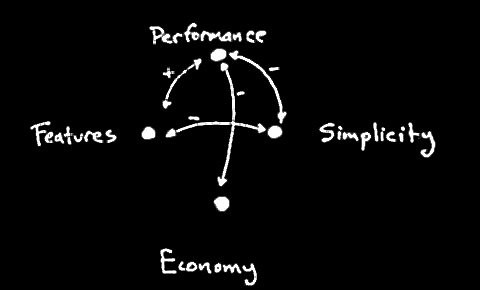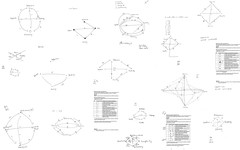General aspects of high-tech production
There is no 'law of physics' or mathematics that governs the higher level design of systems, of software, of devices. Agree a definition of what high-tech production is in general.
Designing and building something to solve a problem.
Is software development a kind of engineering?
Designing and building something to solve a problem.
Is software development a kind of engineering?
No Yes Artistic Expressive
What words describe high-tech design work, its outputs, its ethos?
Craft Purpose constraints requirements
design plan optimisation
craft first-time (all the time) creative
What roles are essential?
architect designer user
Engineering culture and work practices
What impressions do you have of the sense of a high-tech workplace?
Respect Dinosaur value Pigeonholed Geeks
What reflects the values of design work?
Autonomy Responsibility Problem-solving Empowering
challenging
management hierarchy technical strength
List engineering management practices you identified at Data General...Using that list, contrast it with process and practice specifications of different life cycles, management frameworks and methods. For example, what aspects of the culture in Data General's Eagle could be depicted as good management practice? If you had to give them a label would any of the practices at Data General fit into the practices of Extreme Programming?
Innovation, management and leadership
Who drove the Eagle? Who designed it? What did they need to do to express it?
Ed de Castro? Steve Wallach Rosemarie Tom?
What strategies did they bring into play?
Machiavellian political power new
creative context conditions LIMITS timing
WORK do/act process
WORK do/act process
What roles were essential?
Faclilitator buffer Leader
designer followers lieutenants
Teams and interaction.
What happens in teams? What works well, what doesn't?
Stability 3mths 3 years deadlines
realism Ownership specialisation pushing
realism Ownership specialisation pushing
creative games limits Socials
social club reviews dog racing
social club reviews dog racing
Utlimate Test Frisbee
Trust
Additional resources: (thanks to Alex)
Picture of the team, Kidder & Tom also a map of the Adventure game and some block diagrams
Links to advertisements and printed company material, pictures of the machine & boards and loads of technical documentation. Also links to publications & patents (as mentioned in the book) on the topic.








